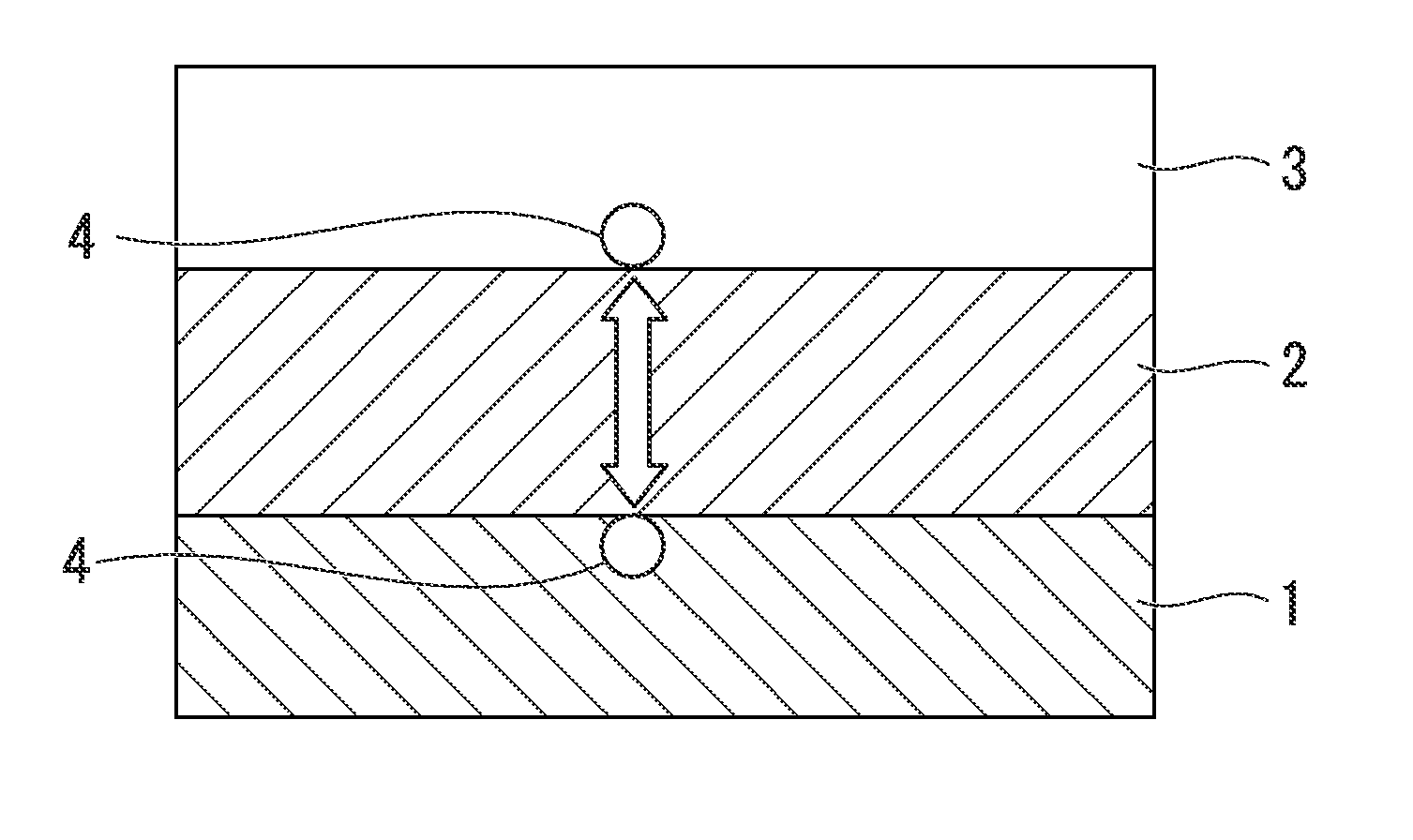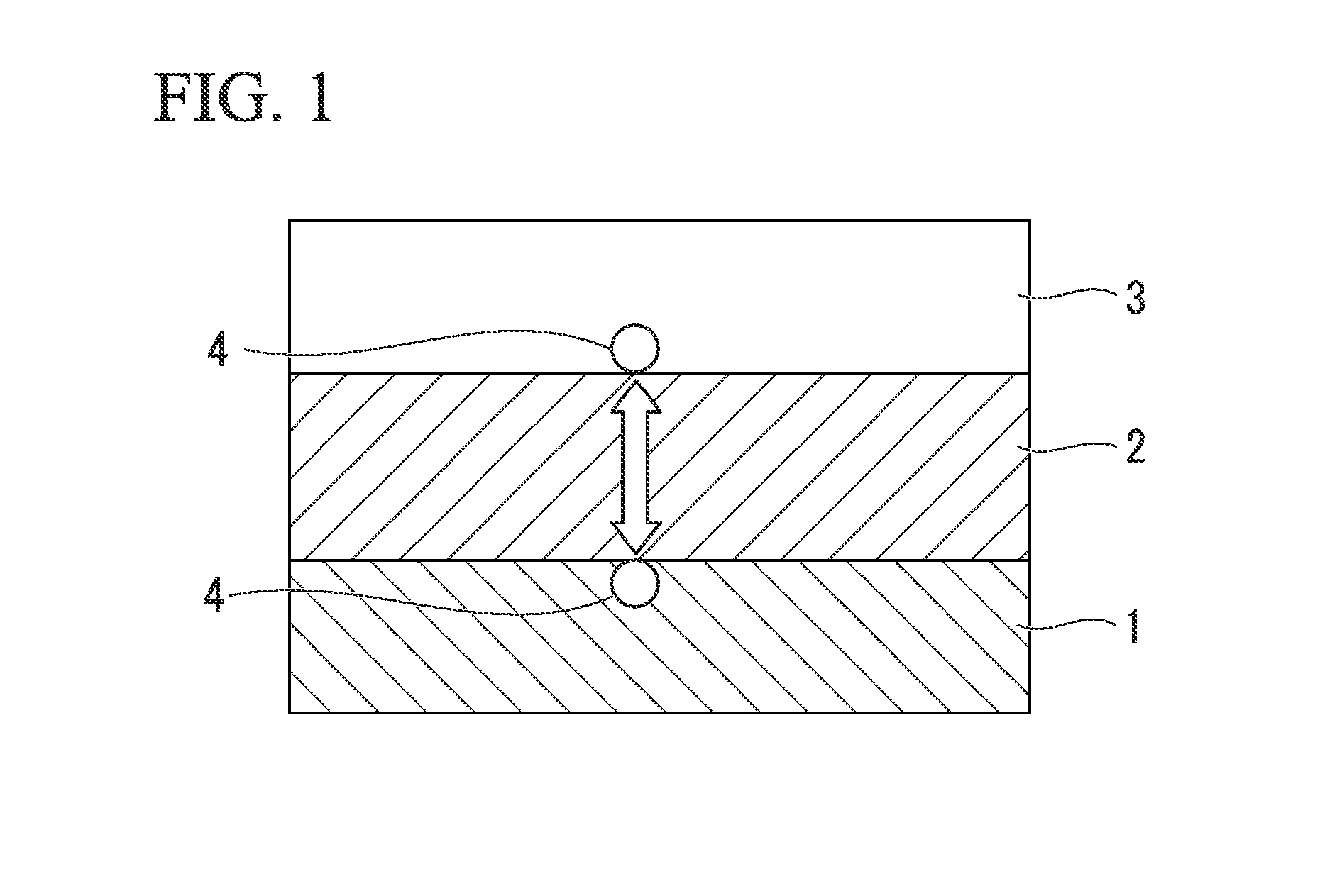Carbon-coated active material composite and lithium ion battery
a lithium ion battery and active material technology, applied in the direction of non-aqueous electrolyte cells, cell components, electrochemical generators, etc., can solve the problem of low electron conductivity, achieve low level, increase charge and discharge characteristics, and suppress internal resistance of batteries
- Summary
- Abstract
- Description
- Claims
- Application Information
AI Technical Summary
Benefits of technology
Problems solved by technology
Method used
Image
Examples
example 1
[0137]Production of a Carbon-Coated Active Material Composite (Electrode Material)
[0138]4 mol of lithium acetate (LiCH3COO), 2 mol of iron (II) sulfate (FeSO4), and 2 mol of phosphoric acid (H3PO4) were mixed with 2 L (liters) of water so that the total amount reached 4 L, thereby preparing a homogeneous slurry-form mixture.
[0139]Next, the mixture was accommodated in a pressure-resistant airtight container having a capacity of 8 L, and was hydrothermally synthesized for 1 hour at 200° C.
[0140]Next, the obtained sediment was washed using water, thereby obtaining cake-form precursor particles of an electrode active material.
[0141]Next, 150 g of the precursor of the electrode active material (in terms of the solid content), a polyvinyl alcohol aqueous solution obtained by dissolving 7.0 g of polyvinyl alcohol (PVA) as an organic compound in 100 g of water, 0.001 mol of phosphoric acid (H3PO4) and 0.001 mol of lithium acetate (LiCH3COO) as pore-forming agents were mixed so as to produce...
example 2
[0169]A carbon-coated active material composite and a lithium ion battery of Example 2 were produced in the same manner as in Example 1 except for the fact that 0.005 mol of phosphoric acid (H3PO4) and 0.005 mol of lithium acetate (LiCH3COO) were used as the pore-forming agents, and were assessed.
[0170]The assessment results are described in Table 1.
example 3
[0171]A carbon-coated active material composite and a lithium ion battery of Example 3 were produced in the same manner as in Example 1 except for the fact that 0.0005 mol of phosphoric acid (H3PO4) and 0.0005 mol of lithium acetate (LiCH3COO) were used as the pore-forming agents, and were assessed.
[0172]The assessment results are described in Table I.
PUM
| Property | Measurement | Unit |
|---|---|---|
| activation energy | aaaaa | aaaaa |
| activation energy | aaaaa | aaaaa |
| density | aaaaa | aaaaa |
Abstract
Description
Claims
Application Information
 Login to View More
Login to View More - R&D
- Intellectual Property
- Life Sciences
- Materials
- Tech Scout
- Unparalleled Data Quality
- Higher Quality Content
- 60% Fewer Hallucinations
Browse by: Latest US Patents, China's latest patents, Technical Efficacy Thesaurus, Application Domain, Technology Topic, Popular Technical Reports.
© 2025 PatSnap. All rights reserved.Legal|Privacy policy|Modern Slavery Act Transparency Statement|Sitemap|About US| Contact US: help@patsnap.com


